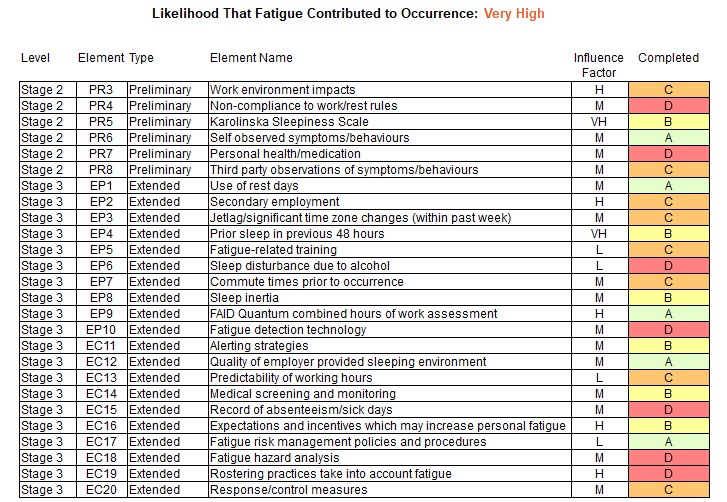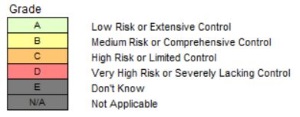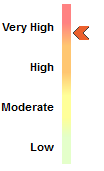GRAID™ Investigation Tool
Developed by InterDynamics and Integrated Safety Support, the GRAID Investigation Tool can be used to rate the likelihood of fatigue contributing to an accident or incident. This systematic and situation specific assessment tool offers organisations a consistent and practical approach to reviewing incidents, accidents, occurrences or fatigue reports as part of their Fatigue Risk Management System (FRMS). A key outcome of the Tool is a GRAID Scorecard, and an indication from Low to Very High of the likelihood that fatigue was a significant contributor to the occurrence.
InterDynamics has developed the GRAID Investigation Tool to support organisations in the ongoing improvement of their FRMS. In an occurrence investigation, GRAID facilitates a systematic approach, and the ability to identify the relative contribution of fatigue-related elements. Organisations can use the GRAID Scorecard results to target high priority areas for improvement or further detailed review.



